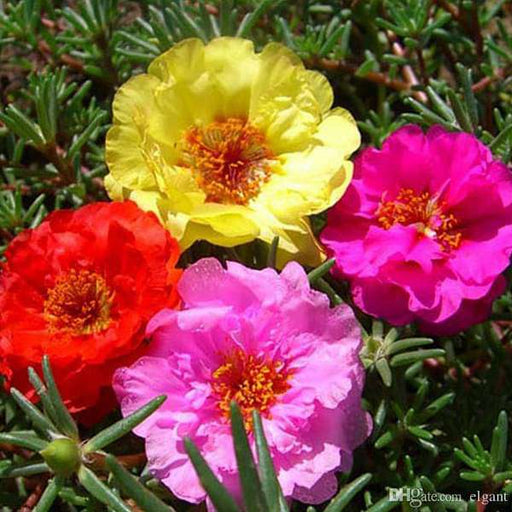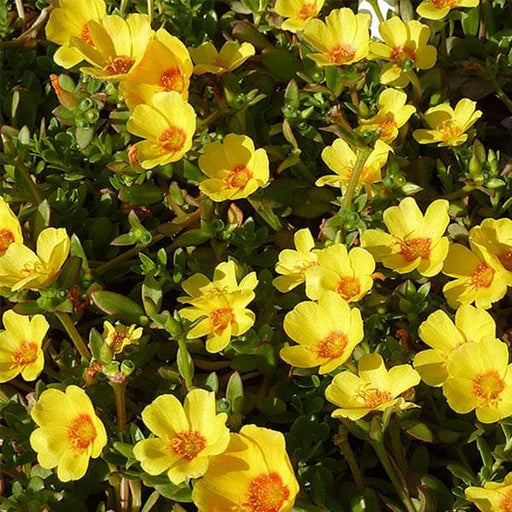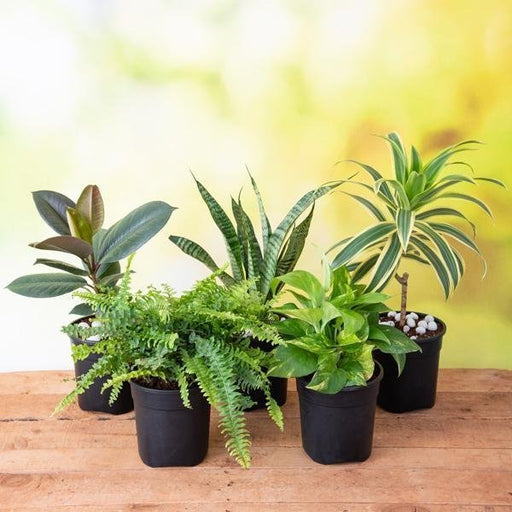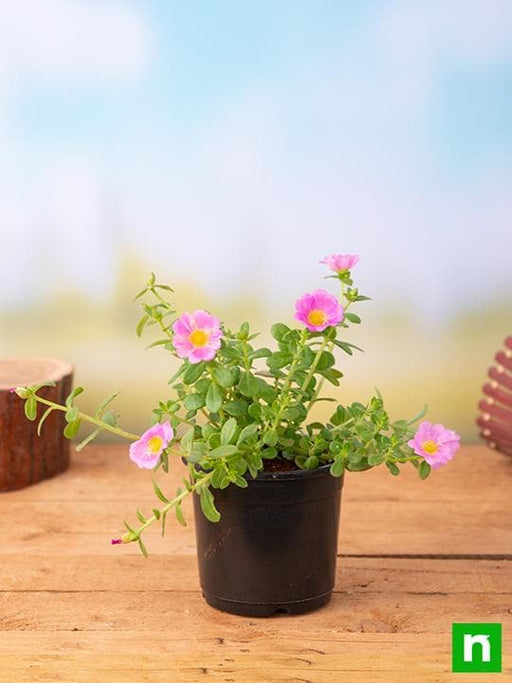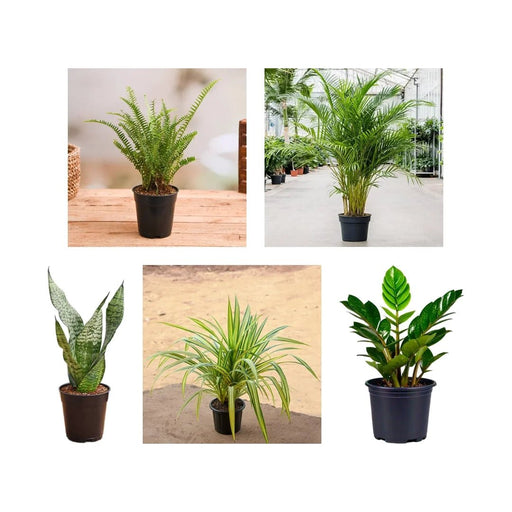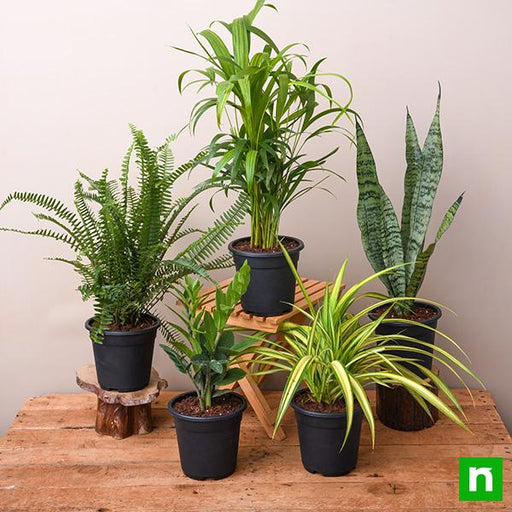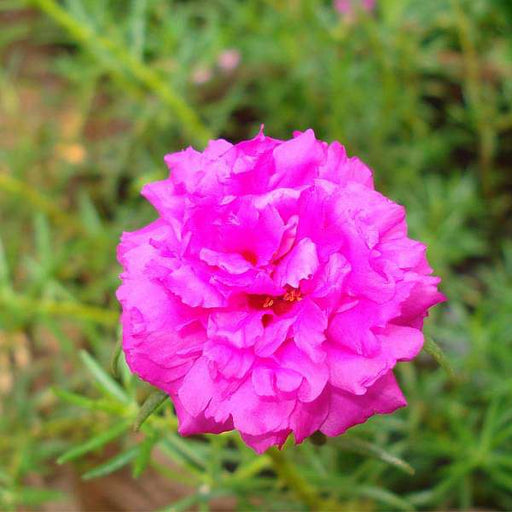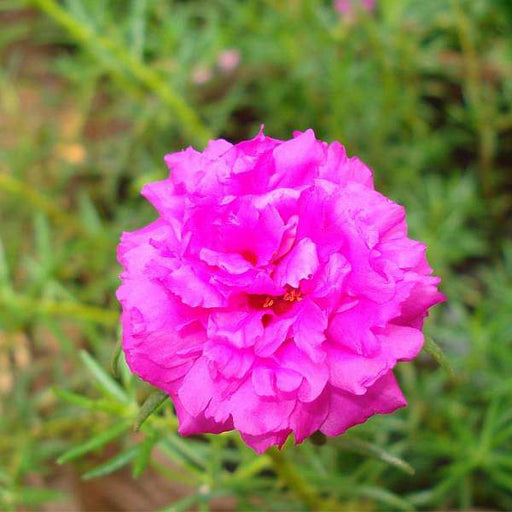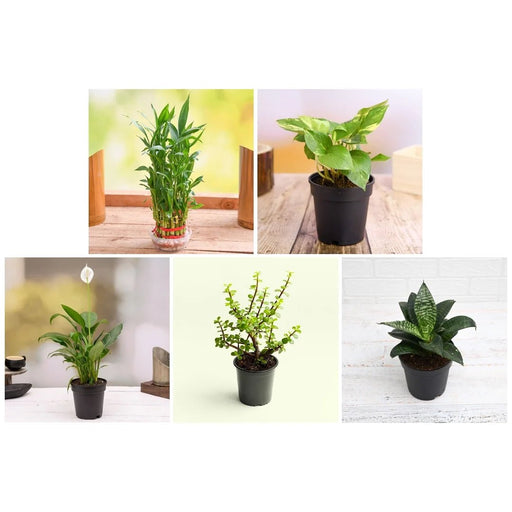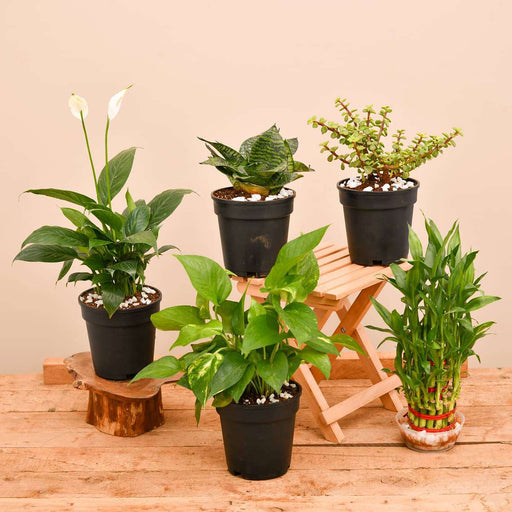Portulaca plants care
Portulaca plants are known for their easy maintenance, but they still require a certain level of care to thrive. In this article, we'll cover the basics of caring for these beautiful and vibrant plants, from watering to soil requirements and everything in between.
Portulaca plants propagation
If you want to expand your collection of portulaca plants without spending a lot of money, propagation is the way to go. In this article, we'll show you how to propagate these plants and provide you with some tips on how to ensure that your cuttings take root successfully.
Portulaca plants benefits
Portulaca plants are not only beautiful but also offer a range of health benefits. From reducing stress to improving memory, these plants have it all. In this article, we'll take a closer look at the benefits of portulaca plants and explain how they can help improve your overall well-being.
Portulaca plants varieties
Portulaca plants come in many different varieties, each with its own unique characteristics. From the vibrant colors of the moss rose to the delicate blooms of the purslane, there's a portulaca plant for every taste. In this article, we'll introduce you to some of the most popular portulaca plant varieties and help you choose the one that's right for you.
Portulaca plants pests
Like all plants, portulaca plants can fall prey to a variety of pests. From aphids to spider mites, these tiny invaders can wreak havoc on your plants if left unchecked. In this article, we'll show you how to identify and get rid of common portulaca plant pests.
Portulaca plants diseases
In addition to pests, portulaca plants can also be vulnerable to diseases. From fungal infections to root rot, these diseases can be difficult to diagnose and even harder to treat. In this article, we'll explain some of the most common portulaca plant diseases and provide you with some tips on how to prevent them.
Portulaca plants sun requirements
Portulaca plants love the sun and require a lot of it to thrive. In this article, we'll explain how much sun portulaca plants need and provide you with some tips on how to ensure that your plants get enough sunlight.
Portulaca plants soil requirements
In addition to sun, portulaca plants also have specific soil requirements. From pH levels to drainage, the soil can make or break your portulaca plant's health. In this article, we'll explain the ideal soil conditions for portulaca plants and provide you with some tips on how to ensure that your soil is up to par.
Portulaca plants container gardening
If you don't have a lot of space for a garden, portulaca plants are a great option for container gardening. In this article, we'll explain how to grow portulaca plants in containers and provide you with some tips on how to make the most of your limited space.
Portulaca plants drought tolerance
One of the biggest benefits of portulaca plants is their drought tolerance. In this article, we'll explain how these plants are able to survive long periods of drought and provide you with some tips on how to make sure your plants stay healthy during dry spells.
Portulaca plants companion planting
Companion planting is a great way to improve the health and productivity of your garden, and portulaca plants can be great companions to a variety of other plants. In this article, we'll explain some of the best plants to grow alongside portulaca plants and how they can benefit each other.
Portulaca plants ground cover
Portulaca plants are often used as ground cover due to their low-growing habit and ability to spread quickly. In this article, we'll explain how to use portulaca plants as ground cover and provide you with some tips on how to maintain their growth.
Portulaca plants indoor
If you're looking for a low-maintenance plant to brighten up your indoor space, portulaca plants can be a great choice. In this article, we'll explain how to care for portulaca plants indoors and provide you with some tips on how to keep them looking their best.
Portulaca plants edible
Did you know that some varieties of portulaca plants are edible? In this article, we'll introduce you to some of the edible portulaca plants and explain how to prepare them for consumption.
Portulaca plants landscaping
Portulaca plants can be a great addition to any landscaping project, adding vibrant colors and low-growing texture. In this article, we'll show you some of the best ways to incorporate portulaca plants into your landscaping and provide you with some tips on how to make sure they thrive in your outdoor space.
Portulaca plants annual
Most varieties of portulaca plants are annuals, meaning they only last for one growing season. In this article, we'll explain what it means for a plant to be an annual and provide you with some tips on how to ensure that your portulaca plants live their best lives in their short growing season.
Portulaca plants perennial
While most portulaca plants are annuals, there are some perennial varieties that can come back year after year. In this article, we'll introduce you to some of the best perennial portulaca plants and explain how to care for them to ensure they return each year.
Portulaca plants trailing
Some varieties of portulaca plants have a trailing habit, making them a great choice for hanging baskets and trailing over walls or planters. In this article, we'll show you some of the best trailing portulaca plants and provide you with some tips on how to make the most of their trailing habit.
Portulaca plants medicinal
In addition to their ornamental and edible qualities, some varieties of portulaca plants have medicinal properties. In this article, we'll introduce you to some of the medicinal portulaca plants and explain how they can be used to promote health and well-being.
Portulaca plants symbolism
In many cultures, portulaca plants hold symbolic meaning. In this article, we'll explore the different cultural meanings of portulaca plants and explain how they can be used to add depth and significance to your gardening and landscaping projects.


